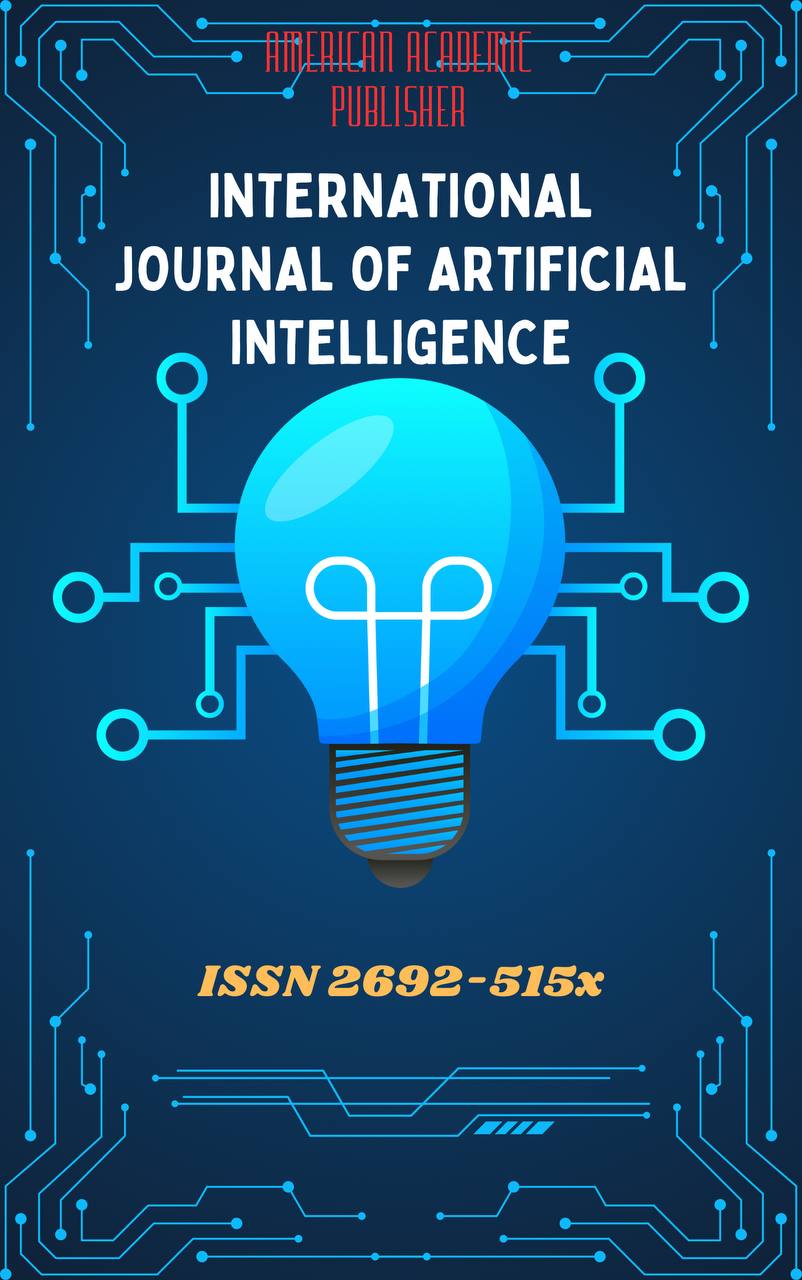 Articles
| Open Access |
Articles
| Open Access | TEACHING INDEPENDENT THINKING TO PRIMARY SCHOOL STUDENTS THROUGH INNOVATIVE TECHNOLOGIES
Zarina Nasimovna Xamrayeva , Bukhara International University, Master’s studentAbstract
The rapid development of information and communication technologies has transformed educational practices globally. In primary education, fostering independent thinking skills is critical for developing future-ready learners who can adapt to complex problem-solving scenarios. This article explores the role of innovative technologies in cultivating independent thinking among primary school students. It examines pedagogical strategies, digital tools, and interactive methodologies that enhance students’ critical thinking, decision-making, and creativity. Empirical evidence from classroom practices demonstrates that technology-integrated instruction increases students’ engagement and supports autonomous learning. The findings highlight the need for teacher training, appropriate resource allocation, and curriculum integration to maximize the benefits of innovative technologies in primary education.
Keywords
Innovative technologies, independent thinking, primary education, critical thinking, digital learning, pedagogical strategies, autonomous learning
References
Johnson, M., & Adams, S. (2018). 21st Century Skills in Primary Education. New York: Educational Press, pp. 45-60.
Smith, L. (2019). Digital Tools for Developing Critical Thinking in Children. London: Learning Publications, pp. 78-92.
Patel, R. (2020). Technology-Enhanced Learning in Early Education. Singapore: Academic Press, pp. 102-118.
Lee, J., & Kim, H. (2017). Interactive Learning and Student Engagement. Journal of Educational Technology, 14(2), 34-50.
Brown, A. (2018). Assessing Independent Thinking in Primary Schools. Education Review, 12(1), 25-39.
Garcia, P. (2019). Mixed-Methods Research in Education. Oxford: University Press, pp. 88-105.
Wang, Y., & Chen, X. (2020). Gamification and Problem-Solving Skills in Children. Computers & Education, 156, 103-117.
Singh, K. (2018). Critical Thinking Development in Early Learners. International Journal of Early Childhood Education, 20(3), 45-60.
Zhao, L. (2019). AI and Adaptive Learning in Primary Education. Journal of Digital Learning, 7(4), 77-92.
Thompson, G. (2020). Creativity Through Digital Platforms. Creativity Research Journal, 32(1), 15-30.
Roberts, H. (2017). Engagement in Technology-Enhanced Classrooms. Educational Psychology, 23(2), 50-67.
Martinez, D. (2018). Autonomous Learning Strategies for Young Learners. Teaching and Learning Review, 16(1), 35-48.
Allen, R., & Cooper, S. (2020). AI-Assisted Learning and Student Autonomy. Journal of Educational Technology, 18(3), 60-76.
Bruner, J. (2016). Constructivist Theories of Learning. New York: Basic Books, pp. 120-135.
Vygotsky, L. (2017). Mind in Society: The Development of Higher Psychological Processes. Cambridge: Harvard University Press, pp. 75-90.
Murphy, K. (2019). Collaborative Learning in Digital Contexts. International Journal of Educational Research, 95, 1-12.
Davis, T. (2018). Pedagogical Strategies for Technology Integration. Education Today, 10(4), 40-55.
Henderson, P. (2020). Teacher Training for Digital Education. Journal of Teacher Education, 35(2), 23-38.
Cooper, M. (2019). Equity in Technology Access in Schools. Global Education Review, 6(1), 50-65.
Williams, S. (2020). Curriculum Integration of 21st Century Skills. Curriculum Studies, 12(3), 78-95.
Article Statistics
Downloads
Copyright License

This work is licensed under a Creative Commons Attribution 4.0 International License.

